The National Park in Cahuita offers a splendid 8km hike along beaches that are cut straight out a ‘Pirates of the Caribbean’ movie. Start your tour from the Kelly Creek station at the tiny town of Cahuita and walk all the way around Punta Cahuita towards the Puerto Vargas beach.
Over there you’ll be rewarded with one of the most magnificent beaches of the Caribbean side. Relax for a while (from up here it’s only a couple of kilometers left toward the end station) and lay down on the iconic palm that hangs like a sloth in the sea.
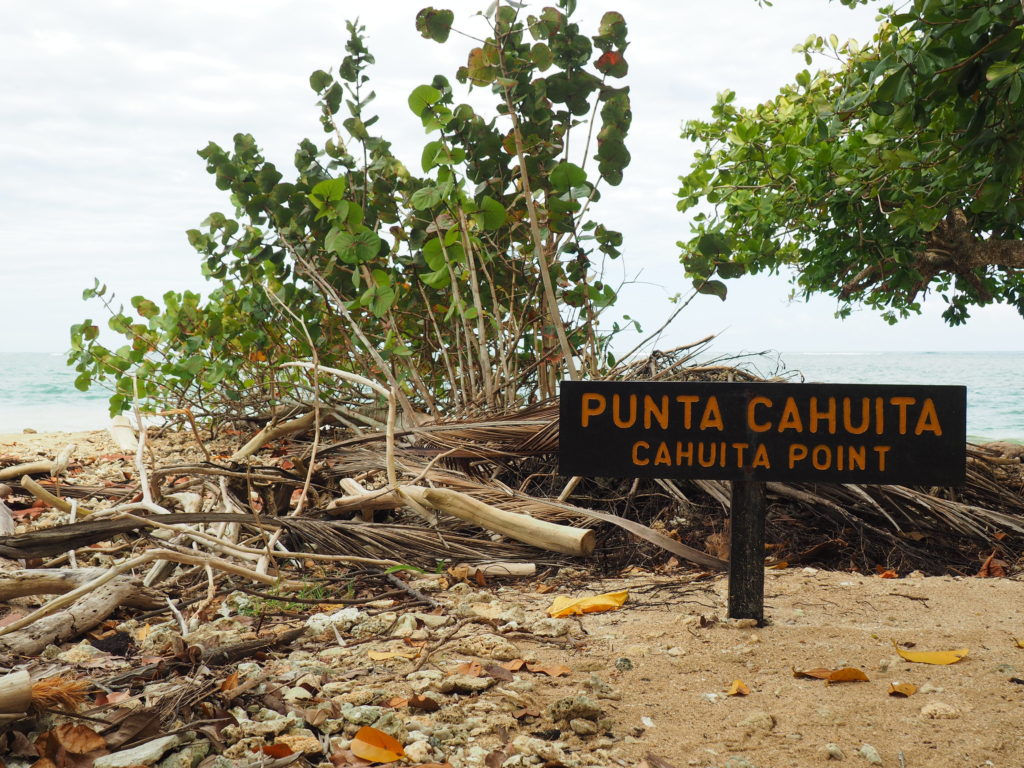
Apart from the stunning beaches and tropical plants, the park hides a lot of furry friends and reptiles too. Curious what you’ll see during your hike at the park? Here are a few fellows you’ll most likely to meet over here:
1. The yellow eyelash viper snake
Sure, this amarillo beauty is quite something to see, but as with most colorful snakes, it’s a very venomous one too. Though it might seem you can’t overlook it, the snake actually isn’t that big. Go with a guide to make sure you’ll find one – and don’t leave the pathways all by yourself or at least watch those branches!
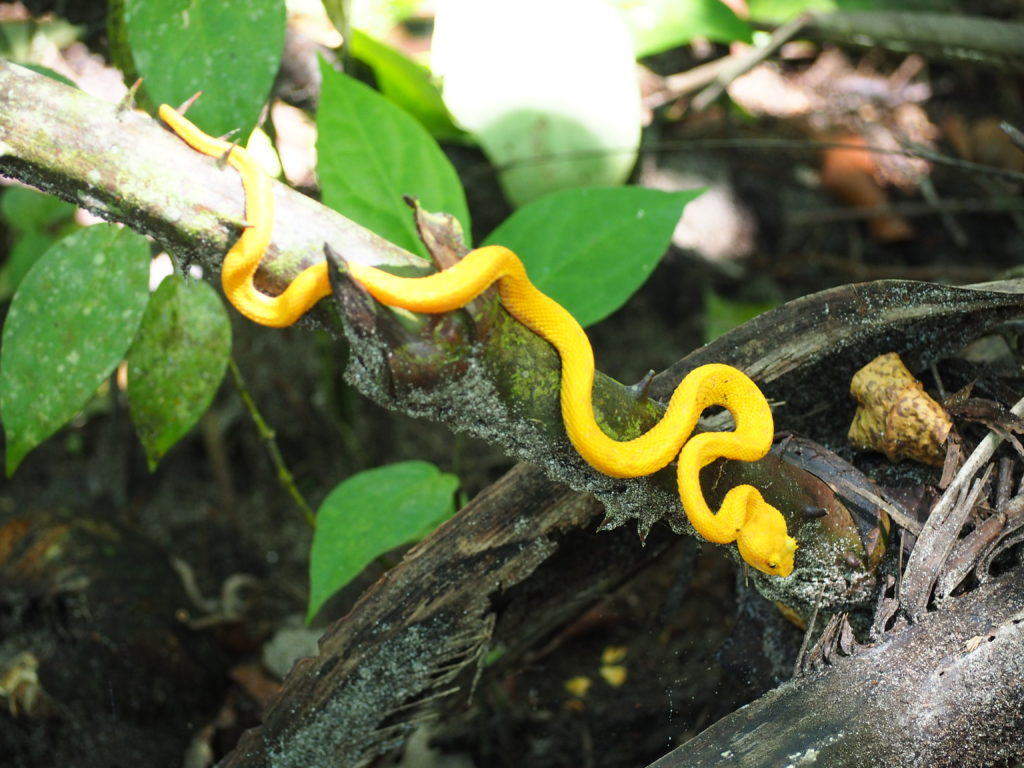
2. Two types of monkeys –
Monkeys are present everywhere in the park. You’ll probably see some (or definitely hear) howlers and perhaps a few capuchin monkeys too. Don’t be scared if their overwhelming sounds thunders through the jungle, they give squat about humans.
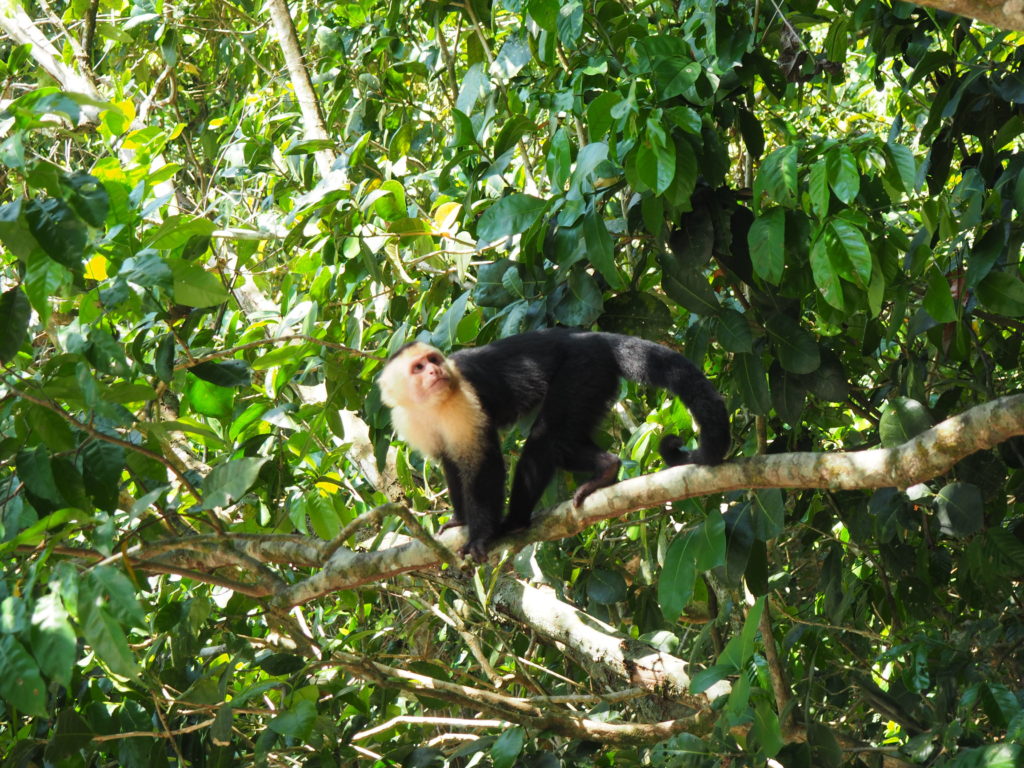
3.Golden orb spiders –
Even if you’re not that much into spiders – most likely – you’ve got to admit it: this one is quite a colorful something from up close. The golden orbs produce very large and super strong webs. People even used the silk to make fishing lures. All those biggies hanging in there are female spiders; the spider men are a lot tinier and often stick around in the same web. Webs are woven everywhere throughout the park, so make sure you’re not stuck in one too.
4. Coatis –
Perhaps you’veseen the long nosed coatimundi before during your stay in Costa Rica. It probably looked like a very cheeky boy trying to convince you to give him food. Tempting, but it’s better not to do so. Yes coatis are adorable, but feeding them doesn’t contribute to their survival chances. Therearen’t many coatis in Cahuita but if you see one it might just past you without blinking an eye on you, and that’s a great thing.
5. Sloths, two and three toed –
Yes, those lazy, furry balls of cuteness are to be found in Cahuita National Park too of course. Watch the highest tops and remind yourself that acting like a sloth isn’t that bad at all from time to time. After all in general, the slower you go, the more you see while walking around.
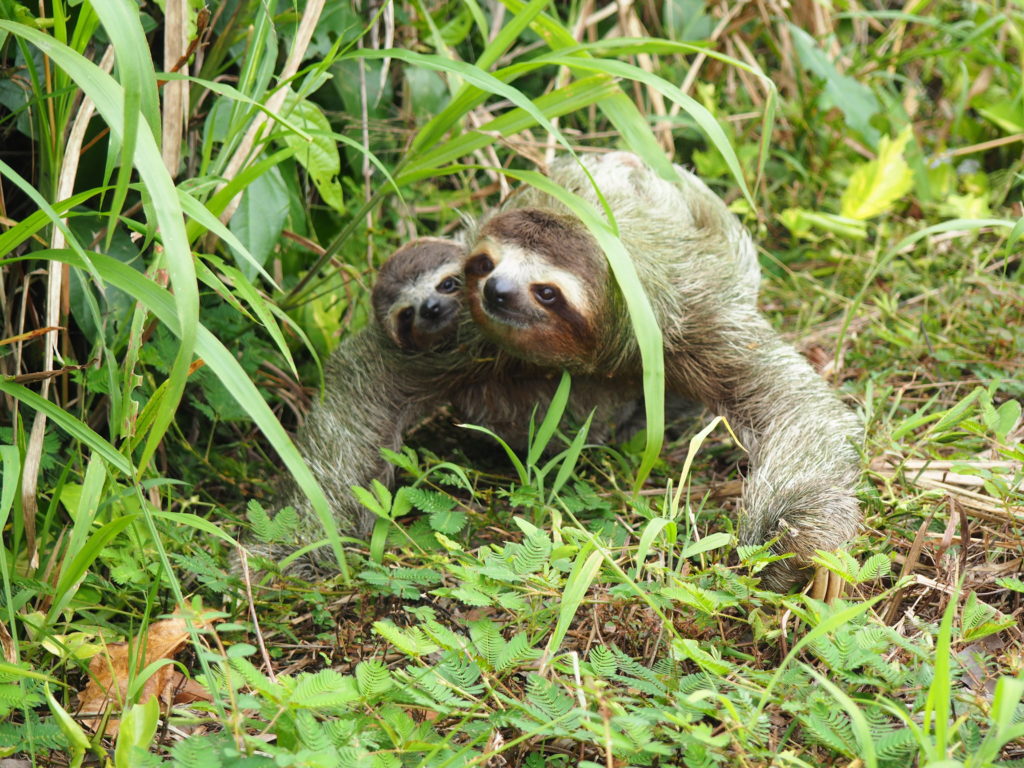
6. Poison dart frog –
Tiny, beautiful and poisonous. A combination valid when it comes to the green and black poison dart frog. Just let it hop away if you find one, and only catch it by camera; though that might be a real challenge with this fast fellow!
7. Raccoons –
Raccoons (mapaches for Tico’s) are present throughout Costa Rica. Just like coatis they are frequently seen begging tourists for food. Not in here. Darker-colored than usual, the raccoons on the Caribbean shores are found near the beach, mainly looking for crabs to eat.
8. Blue crabs –
Following up previous point: these blue crusty ones for example! The crabs around the park are very aware of predators and therefore difficult to see from up close. During your walk your eye probably catches them in a flip second as they run away towards their underground holes.
9. A variety of birds (on sticks) –
Ibises, herons, kingfishers and toucans are present in the park, but it might be difficult to spot them in the overgrown tropical settings. However, during the first half of the hike, you’ll encounter these pillars, which serve as a resting place for birds. Not sure what their original purpose is (anchors for the fishermen’s boats?), but if you’re an aspiring ornithologist, this is a place not to be missed in Cahuita National Park.
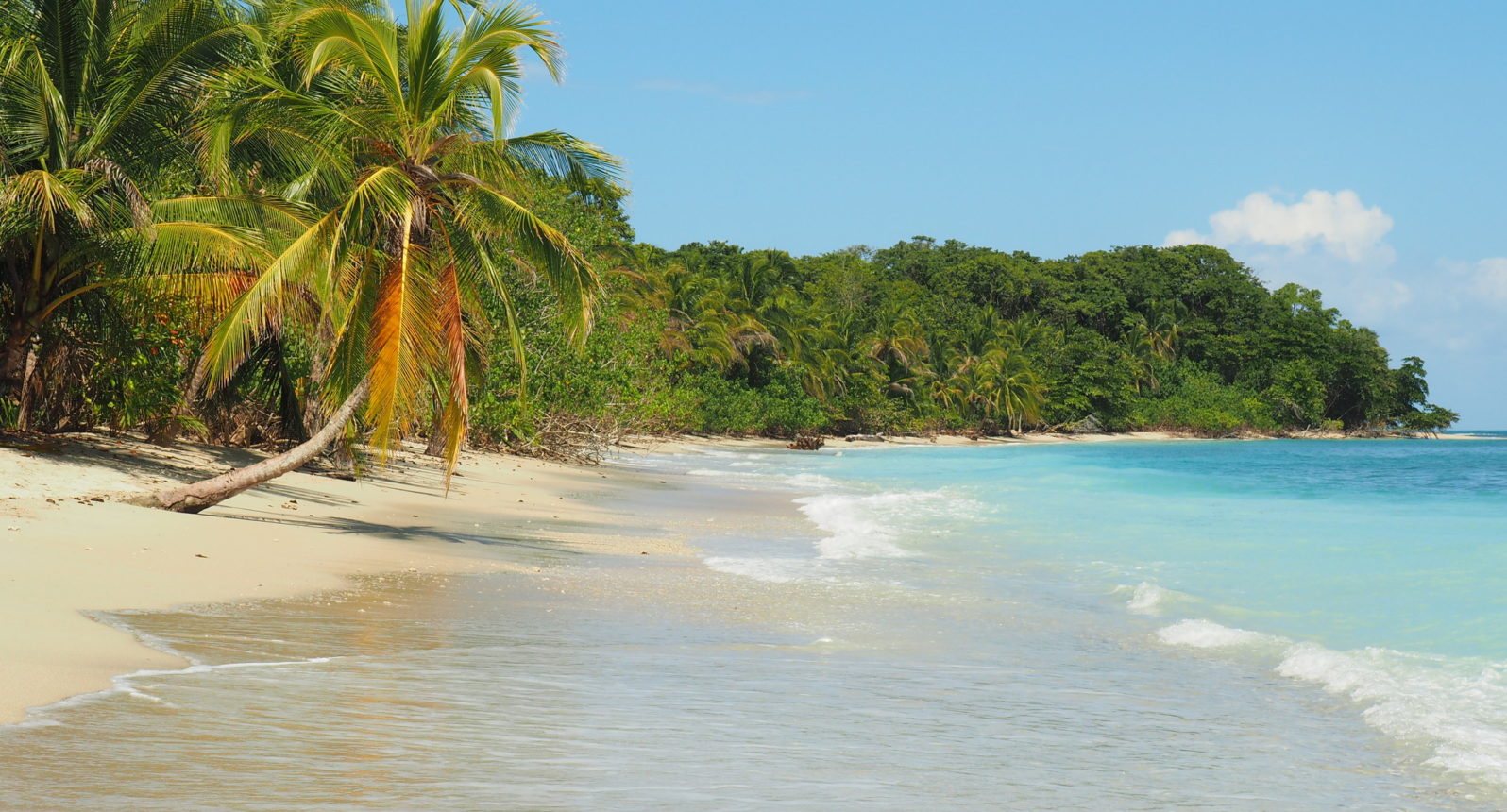
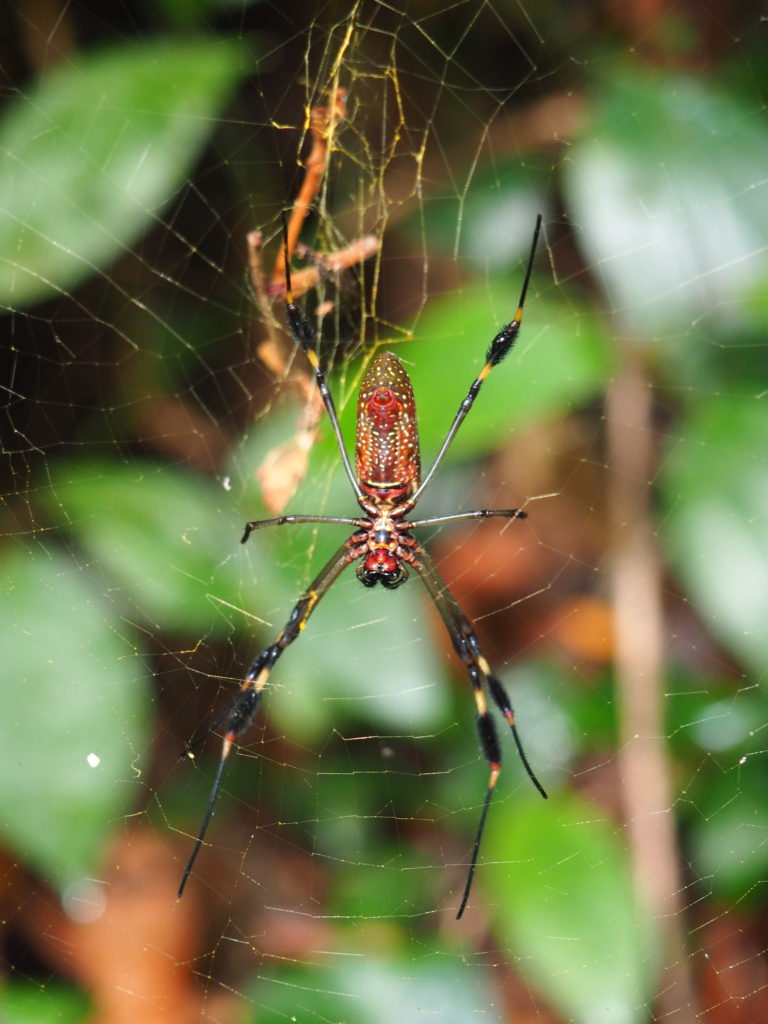
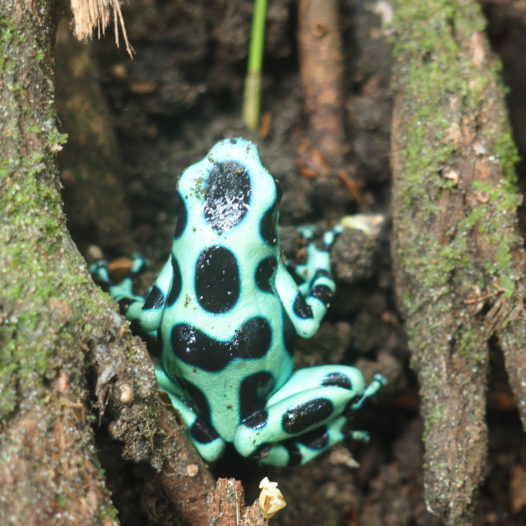
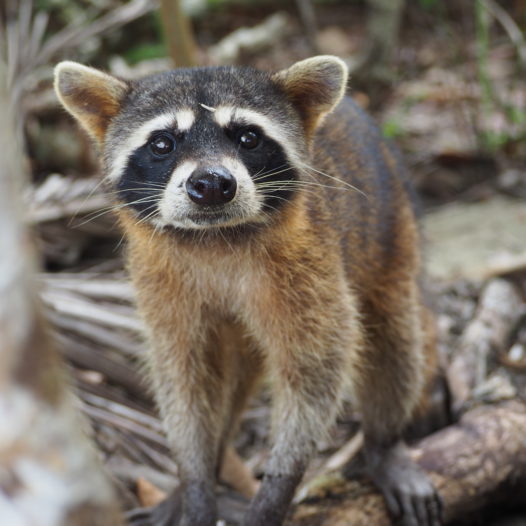
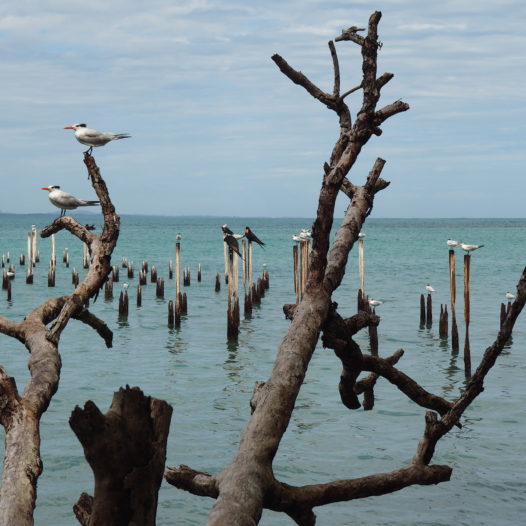
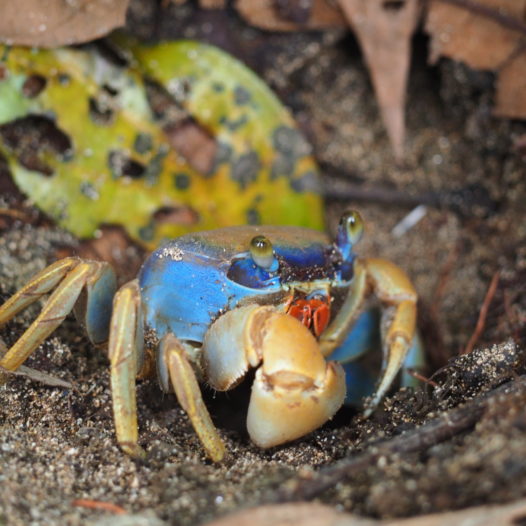
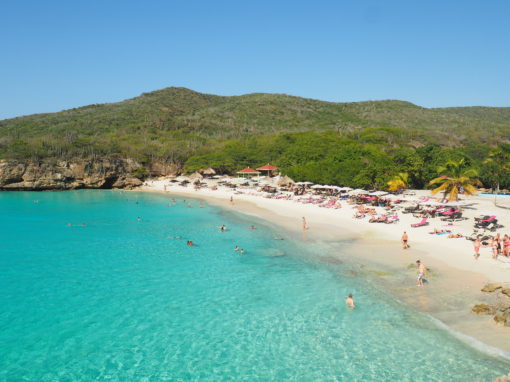
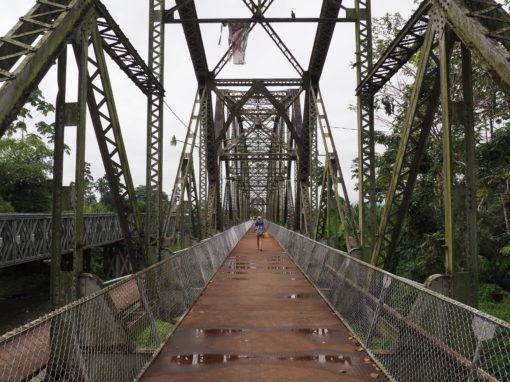

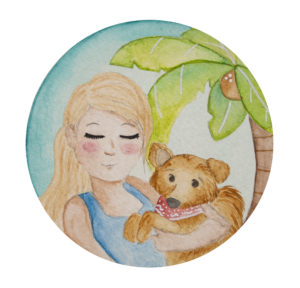
Pingback